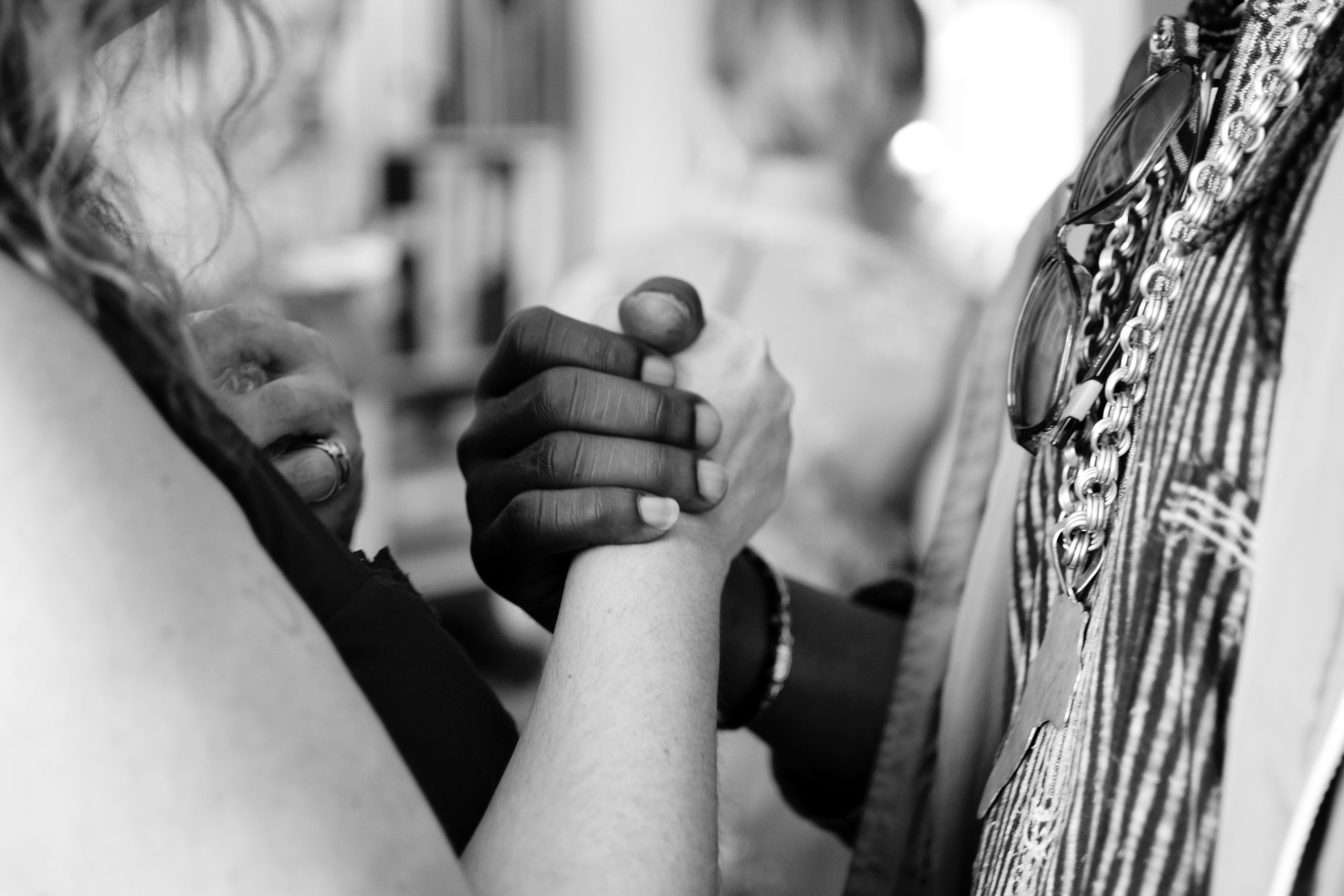My social media timeline has been filled this week with back to school pictures of mamas shedding tears as they lament their students growing older and transitioning to the next grade level.
As an educator, I do not normally have all the sad sappy feelings about back to school. There is usually so much excitement in our house around the First Day of School. But this year was different. It was different because of COVID. It was different because of the racial tensions and unrest in our country. It was different because there is no clear end in sight to either of these pandemics.
As an educator I have a responsibility to reflect on these things in meaningful ways so that I can be prepared to thoughtfully walk students through all these unknowns. ‘Back to School’ 2020 is an odd intersection of hope and sorrow. We must acknowledge the sorrow and embrace it. We must lament it. But, we have to do so in the arms of hope.
It is an injustice to our students to glide over the deep sorrow of our times, to be dismissive with the racial injustices that plague us as a nation, and to belittle the fears that our students battle each day. But it would be an even graver injustice to acknowledge the sorrow without also offering hope.
So how do we move forward? How do we offer hope without pretense? Here are three concepts that can help.
1. Empathy. You cannot have empathy without proximity. We need to intentionally move towards people who are hurting. You may not have experienced the death of a spouse, but when you hold your hurting friend in your arms while she cries rivers of pain, you are able to enter into her pain and empathize. Without proximity we can only offer mere sympathy. Our students are hurting, and they do not need our sympathy. They need our compassion and care. We can do this by asking the hard questions like, “What has been the hardest part of this pandemic for you?” We can lead with vulnerability in our questions, like, “When George Floyd was murdered, and I watched it on TV, I could not sleep for days afterwards. I would imagine that it was really hard for you too. Do you want to talk about it?”
2. Courageous conversations. Four New York Times bestselling authors—Patterson, Grenny, McMillan, and Switzler—came together to write Crucial Conversations: Tools for Talking When Stakes Are High. The book is filled with everyday examples of ordinary people trying to navigate a dance of dialogue around difficult, albeit somewhat ordinary, conversations. These conversations seem normal, but in many ways, they shape our lives. In the book they say, “When it comes to risky, controversial, and emotional conversations, skilled people find a way to get all relevant information (from themselves and others) out into the open” (23). However, this may not always feel safe—especially if we are discussing topics as emotionally charged as race and politics. Crucial Conversations explains that there is still a way we can tackle this by building safety in the conversation: “If you spot safety risks as they happen, you can step out of the conversation, build safety, and then find a way to talk about just about anything” (73). We often are so afraid of saying the wrong thing, so we say nothing at all. Our students deserve better from us. They deserve teachers who are willing to be courageous, willing to say the wrong thing and have egg on their face, willing to apologize, and willing to try again.
3. Hope deferred. The “Sunday School” answer is always “Jesus!” And it is true—we cannot have true hope without the cross. The only way to offer our students hope is to remind them that this world is not our home (Hebrews 13:14). Life is but a vapor (James 4:14). And most encouraging to me, we serve a God who is unashamedly passionate about justice (Psalm 33:5). He promises that one day justice will roll on like a river, righteousness like a never-failing stream (Amos 5:24). Our hope is in Christ! But, how do we encourage our students with this hope today? Our students are not unlike us. We too waiver in our hope. We too let fear and doubt creep into our hearts. We can relate to their vulnerability. The answer lies outside of us and cannot be accomplished without the power of the Holy Spirit: “May the God of hope fill you with all joy and peace in believing, so that by the power of the Holy Spirit you may abound in hope” (Romans 15:13). In all of these things we can lead by example, being well-acquainted with sorrow and pain, with hope deferred, with fear and vulnerability.
So, how do we pass through the intersection of sorrow and hope? Friends, let us press into the “hard” with our students, asking the difficult questions and meeting their pain with empathy. Let’s courageously create safe spaces for difficult conversation, and lastly let’s pray for our students that they may abound in hope by the power of the Holy Spirit.



